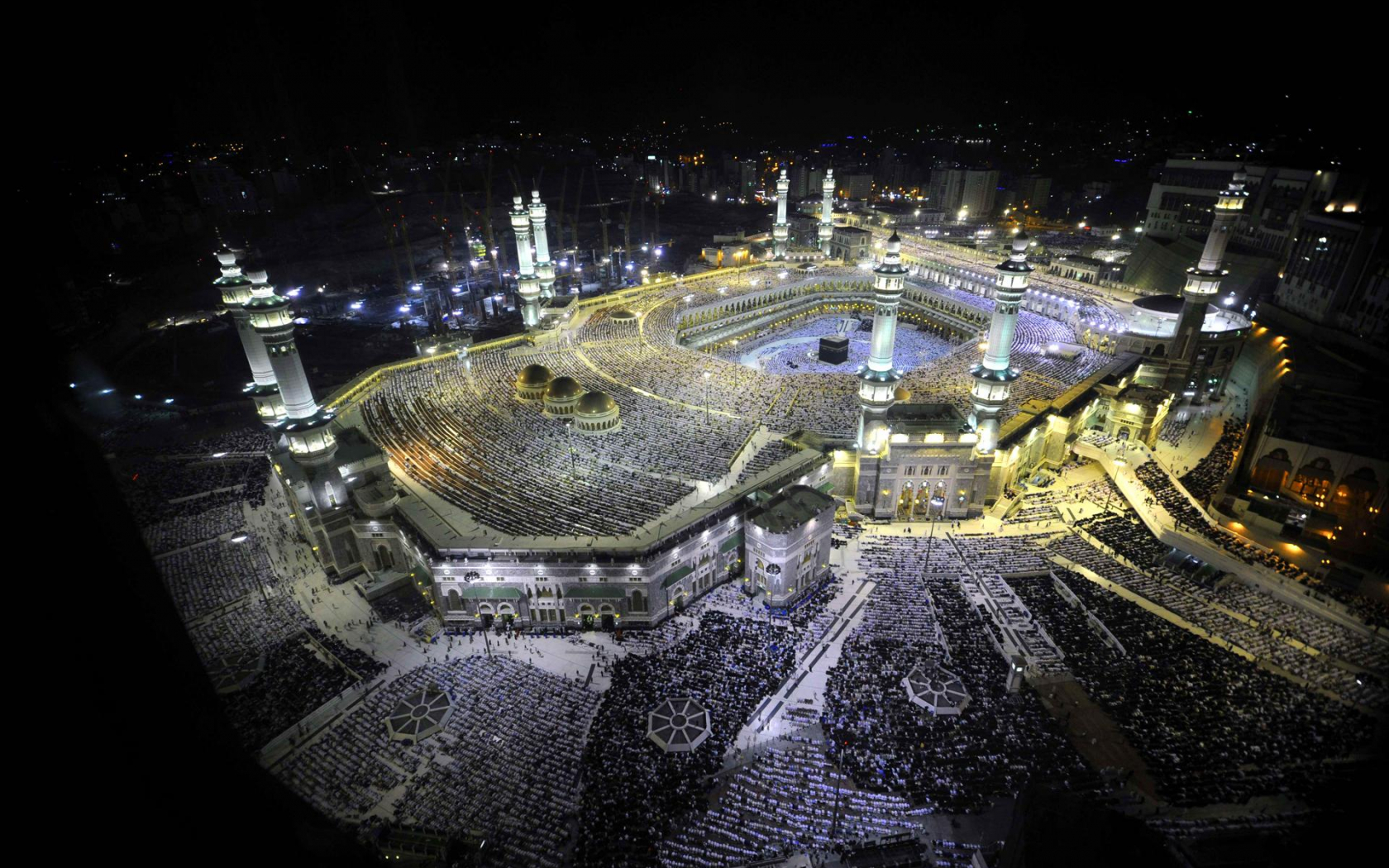Welcome to an exploration of one of the most profound and spiritually significant practices in Islam: the Hajj. This pilgrimage is not just a journey through sacred geography but also a profound voyage through history and faith. Let’s delve into the rituals, their origins, and their significance.
1. The Origins of Hajj: A Divine Command
The Hajj pilgrimage is an obligation for every Muslim who is physically and financially able to undertake it. This practice dates back to the time of Prophet Ibrahim (Abraham) and his wife, Hagar. According to Islamic tradition, Ibrahim was commanded by Allah to leave his wife Hagar and their infant son, Isma’il (Ishmael), in the barren desert of Makkah.
In a remarkable demonstration of faith, Hagar ran between the hills of Safa and Marwah searching for water. Her desperation was answered when a spring, known as Zamzam, gushed forth from the ground where Isma’il was playing. This miraculous event laid the foundation for the rites of Hajj, symbolizing faith, perseverance, and divine provision.
2. The Rituals of Hajj: A Spiritual Journey
a. Ihram: Entering a State of Sacredness
The pilgrimage begins with entering a state of Ihram, a spiritual condition of purity and peace. Pilgrims don simple white garments—two seamless pieces of cloth for men and a modest dress for women—symbolizing equality and unity before Allah. This stage signifies the shedding of worldly distinctions and an immersion into spiritual purity.
b. Tawaf: Circling the Kaaba
Upon arriving in Makkah, pilgrims perform Tawaf, which involves circling the Kaaba, the sacred cube-shaped structure at the center of the Masjid al-Haram, seven times in a counter-clockwise direction. This ritual symbolizes the unity of believers in worship and the centrality of Allah in their lives.
c. Sa’i: The Walk of Hagar
Following Tawaf, pilgrims undertake Sa’i, walking seven times between the hills of Safa and Marwah. This act commemorates Hagar’s search for water and her unwavering faith in Allah’s promise. Sa’i symbolizes the struggle and endurance required in the path of faith.
d. Arafat: The Day of Standing
The Day of Arafat is a pivotal moment of Hajj. Pilgrims gather at the plain of Arafat, where they stand in prayer and supplication from noon until sunset. This moment is a profound spiritual experience, representing the Day of Judgment and a chance for pilgrims to seek forgiveness and make supplications for their desires.
e. Muzdalifah: The Night of Reflection
After Arafat, pilgrims move to Muzdalifah, where they spend the night under the open sky. This night is spent in prayer and reflection, gathering pebbles for the next day’s ritual of Rami al-Jamarat (stoning the pillars). It’s a time to reflect on one’s life and seek closeness to Allah.
f. Rami al-Jamarat: Symbolic Rejection of Evil
On the days of Eid al-Adha, pilgrims throw pebbles at three pillars in Mina. This act symbolizes the rejection of evil and the triumph of faith, echoing Prophet Ibrahim’s rejection of Satan’s temptation to spare his son Isma’il from sacrifice.
g. Eid al-Adha: The Sacrifice
The sacrifice of an animal (usually a sheep, goat, or cow) during Eid al-Adha commemorates Ibrahim’s willingness to sacrifice his son in obedience to Allah. The meat is distributed among family, friends, and the less fortunate, reinforcing the values of generosity and community.
h. Tawaf al-Ifadah: The Final Circling
The final ritual of Hajj involves performing Tawaf al-Ifadah, another round of circling the Kaaba, which symbolizes the pilgrim’s purification and renewal of faith.
i. Shaving and Cutting Hair
Men shave their heads or cut their hair, while women cut a small portion of their hair. This act signifies a fresh start and a physical manifestation of spiritual renewal.
3. The Spiritual Significance: A Journey Beyond the Physical
Hajj is more than just a physical journey; it is a profound spiritual quest. The rituals, with their deep historical roots, offer a chance for Muslims to renew their faith, seek forgiveness, and strengthen their connection with Allah. Each step of the pilgrimage serves as a reminder of the trials and triumphs of the prophets, and the enduring strength of faith.
By participating in these rituals, pilgrims join a tradition that spans centuries, connecting with millions of Muslims around the world. The experience of Hajj fosters a sense of global unity, equality, and spiritual elevation.
4. Interactive Reflection: What Does Hajj Mean to You?
As we reflect on the history and significance of Hajj, consider how these rituals resonate with you personally. Whether you are a pilgrim or simply learning about this sacred journey, think about:
- Personal Connection: How do the stories and rituals of Hajj inspire you in your own spiritual journey?
- Community Impact: In what ways can the values of Hajj—faith, sacrifice, and unity—be reflected in your community and personal life?
- Historical Appreciation: How does understanding the historical context of Hajj enhance your appreciation of its rituals?
Feel free to share your thoughts and reflections in the comments below!
In Conclusion
The Hajj pilgrimage is a profound spiritual experience rich with history and significance. Each ritual, from Ihram to Tawaf, Sa’i to Arafat, carries deep meanings and lessons that continue to inspire Muslims around the world. As you contemplate these practices, may you find new depths of understanding and connection to this sacred tradition.
Thank you for joining this exploration of Hajj. Until next time, may your journey be filled with peace and enlightenment.

